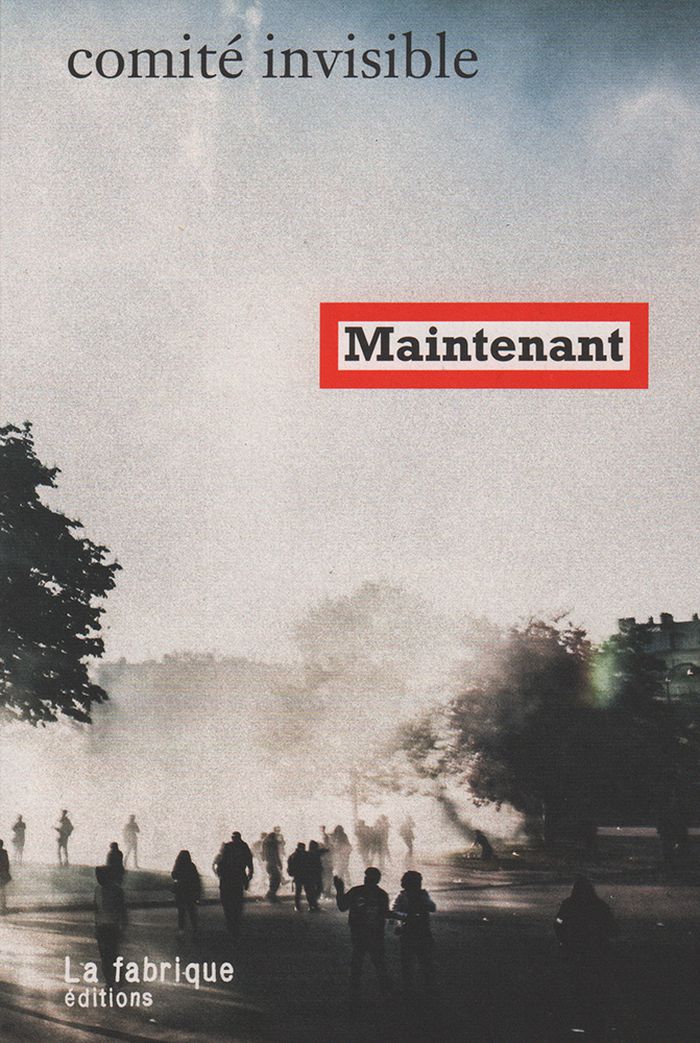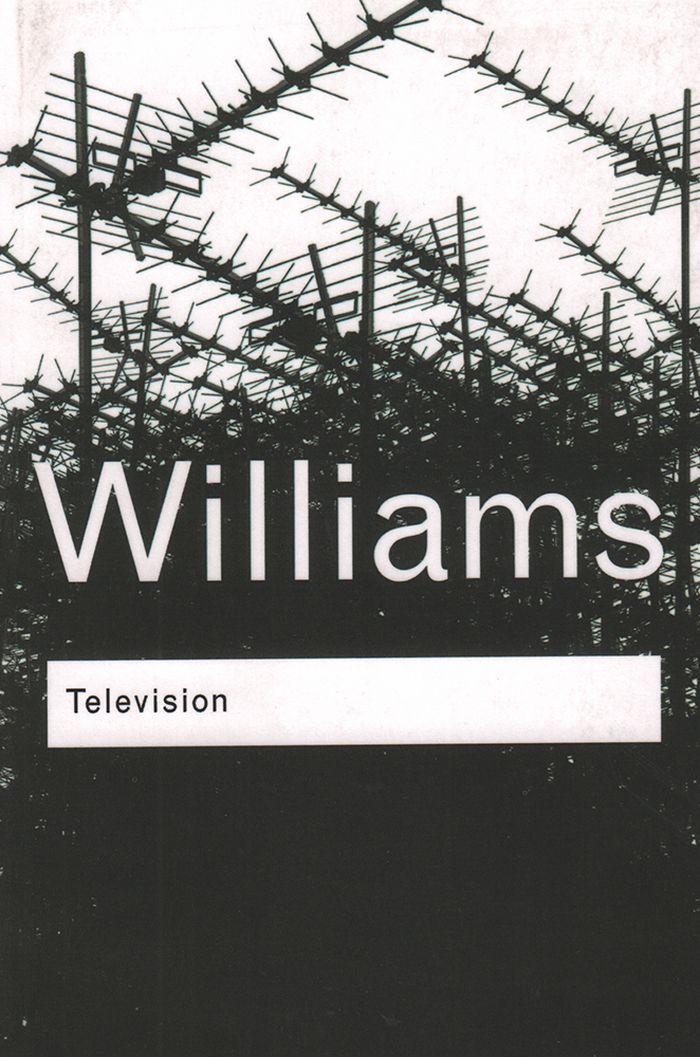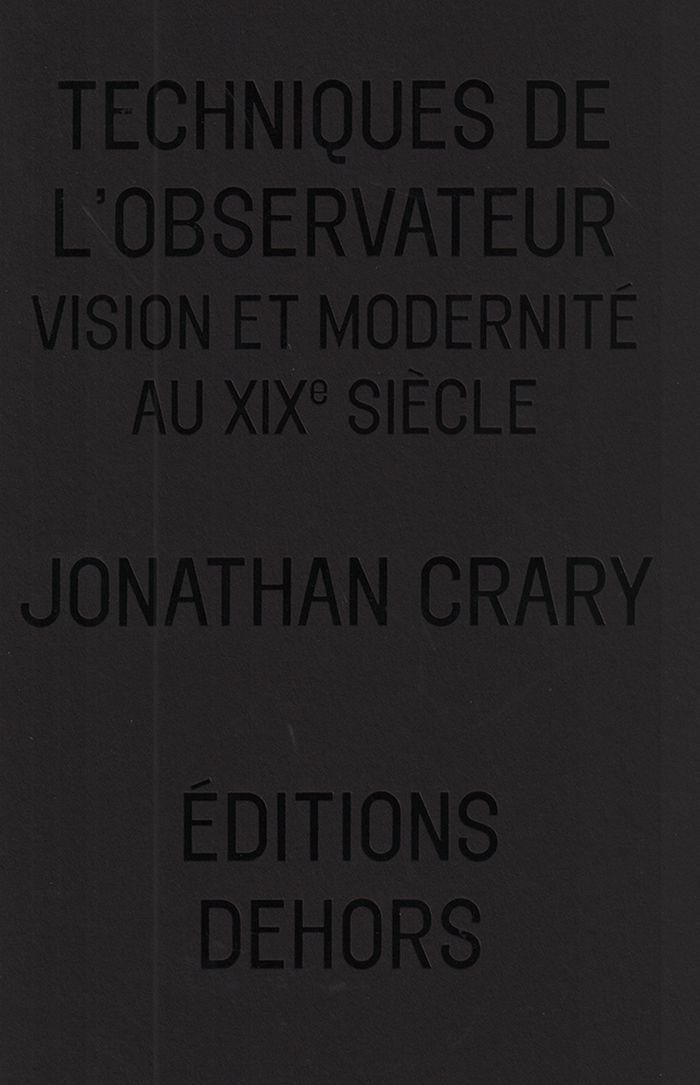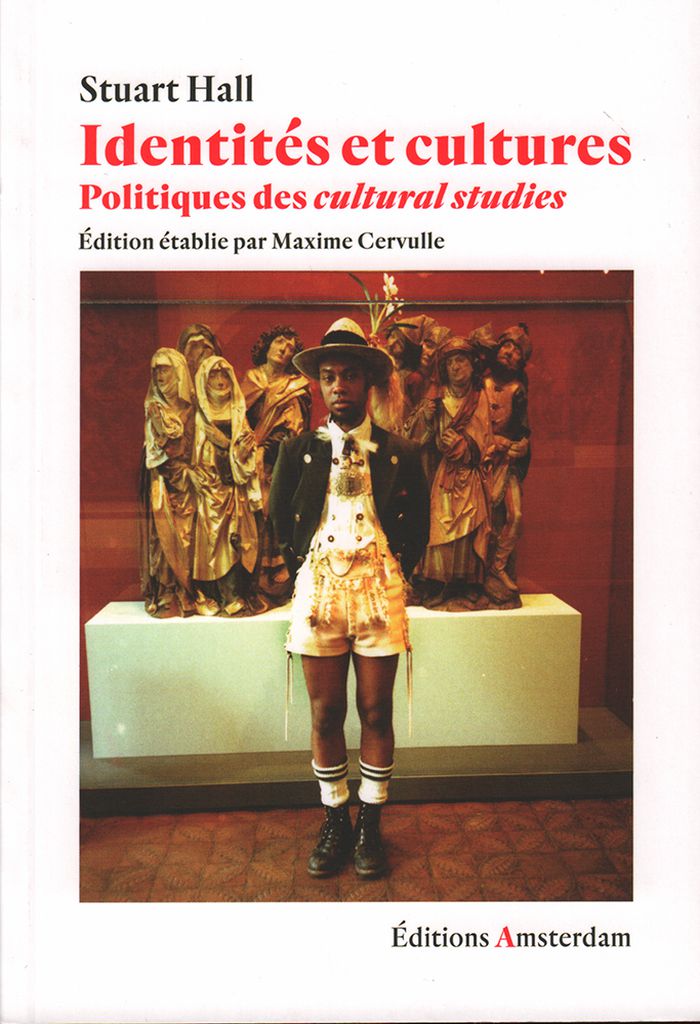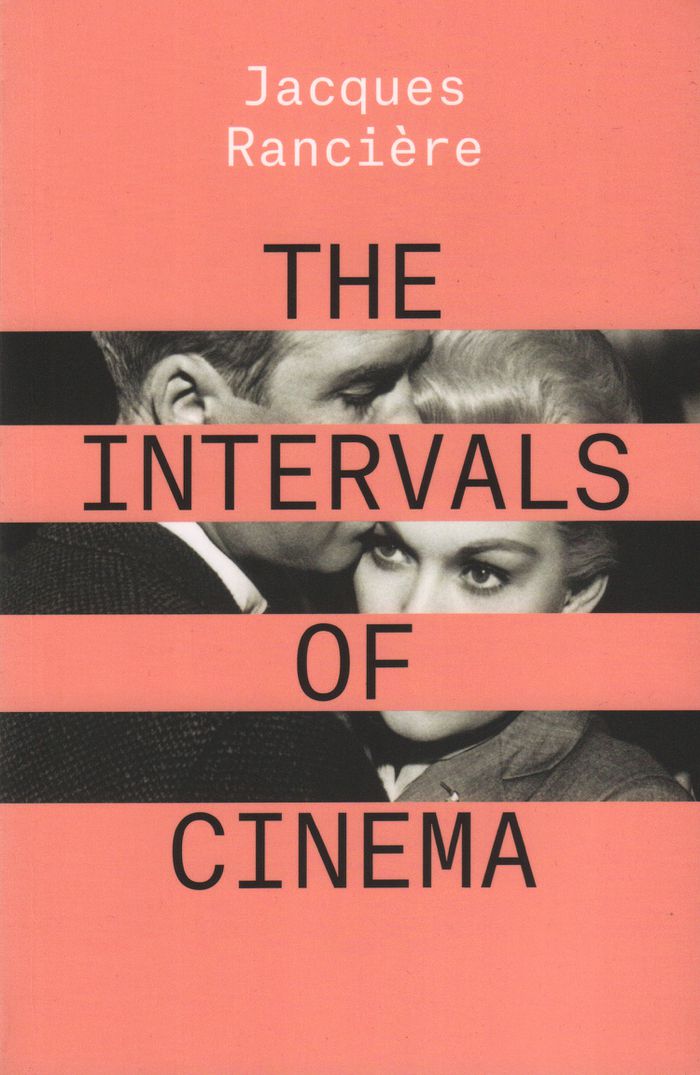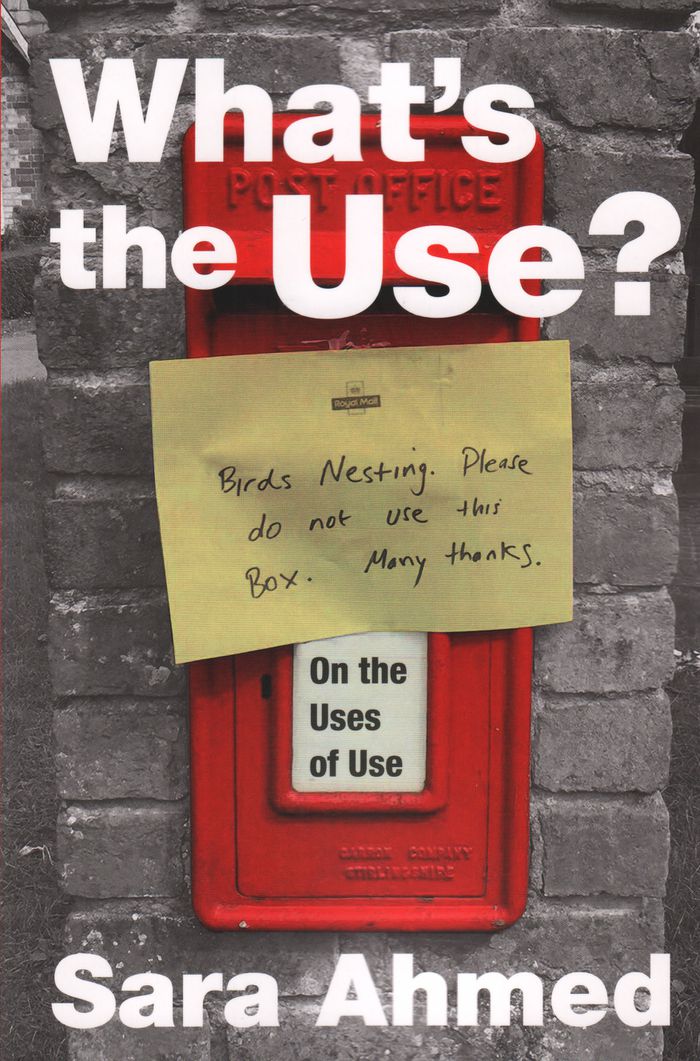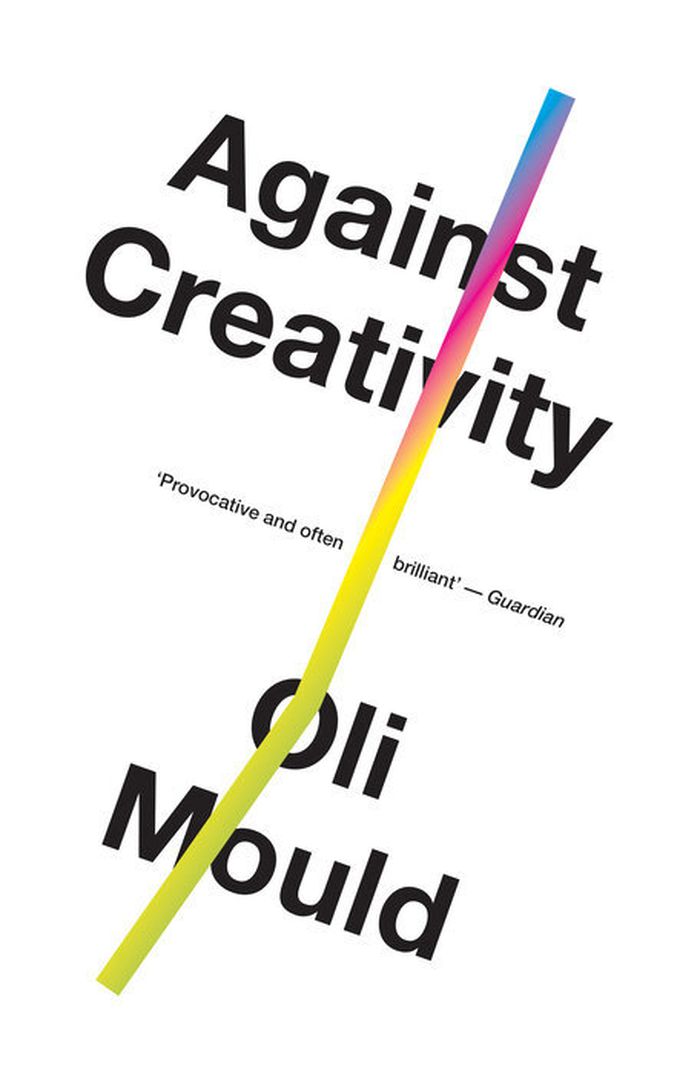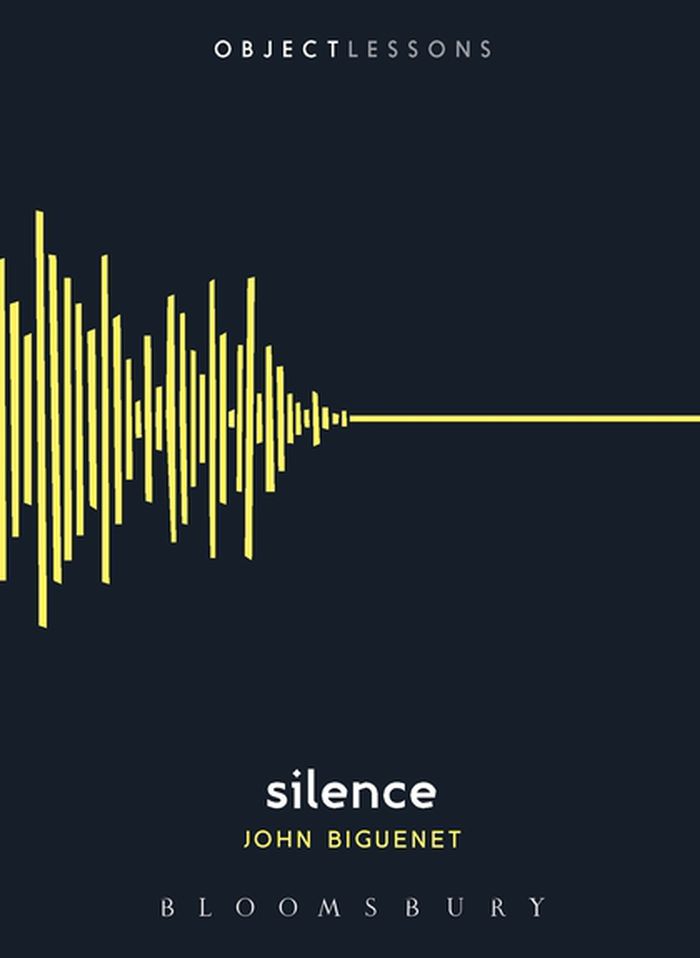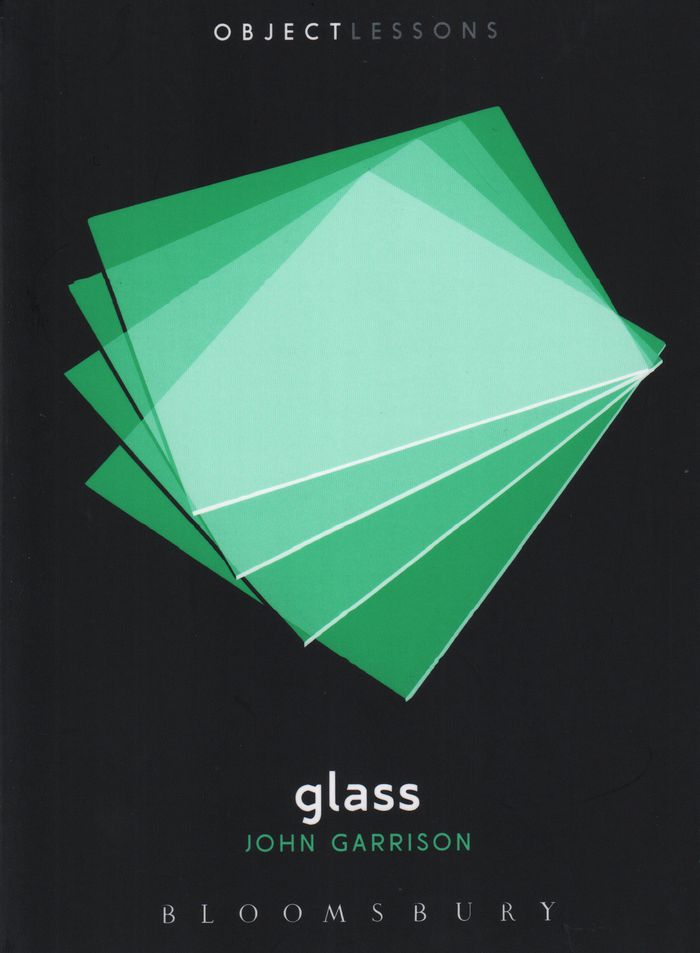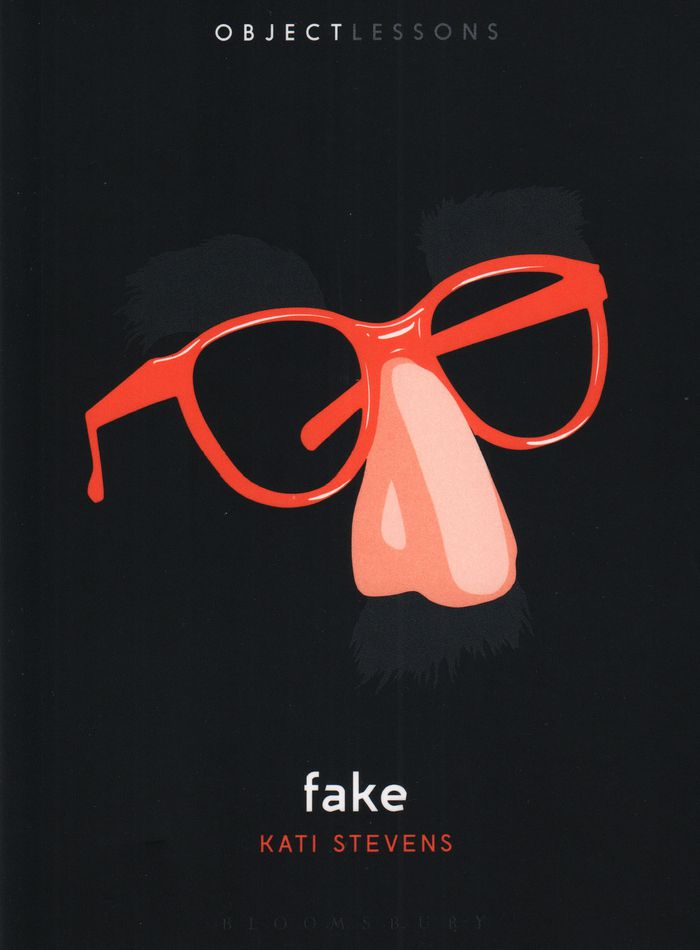Maintenant
$17.95
(available in store)
Summary:
Dix ans apre`s L’insurrection qui vient' – dont il partage la vivacite´ de style et le statut de texte d’intervention –, 'Maintenant' parai^t lui aussi dans un contexte e´lectoral. A` ceci pre`s qu’en dix ans les espoirs de salut place´s dans la politique ont acheve´ de s’e´teindre. Tout candidat en est re´duit a` promettre une « re´volution » qu’il ne pourra pas faire.(...)
Maintenant
Actions:
Price:
$17.95
(available in store)
Summary:
Dix ans apre`s L’insurrection qui vient' – dont il partage la vivacite´ de style et le statut de texte d’intervention –, 'Maintenant' parai^t lui aussi dans un contexte e´lectoral. A` ceci pre`s qu’en dix ans les espoirs de salut place´s dans la politique ont acheve´ de s’e´teindre. Tout candidat en est re´duit a` promettre une « re´volution » qu’il ne pourra pas faire. Les moyens de la politique sont bien trop superficiels au vu de la profondeur de la « crise » qui frappe en tout domaine. C’est pourquoi la politique donne d’elle-me^me un spectacle si lamentable. Il n’y a pas de « solution » au proble`me du pre´sent, pas de solution qui nous laisse indemnes en tout cas. Mais il y a d’autres voies, d’autres voies que l’alternative entre restauration de l’unite´ nationale et globalisation ne´olibe´rale, entre maintien et refonte des institutions, entre option autoritaire et option citoyenne.
Critical Theory
$30.70
(available to order)
Summary:
'Television: Technology and Cultural Form' was first published in 1974, long before the dawn of multi-channel TV, or the reality and celebrity shows that now pack the schedules. Yet Williams' analysis of television's history, its institutions, programmes and practices, and its future prospects, remains remarkably prescient. Williams stresses the importance of(...)
Television: technology and cultural form
Actions:
Price:
$30.70
(available to order)
Summary:
'Television: Technology and Cultural Form' was first published in 1974, long before the dawn of multi-channel TV, or the reality and celebrity shows that now pack the schedules. Yet Williams' analysis of television's history, its institutions, programmes and practices, and its future prospects, remains remarkably prescient. Williams stresses the importance of technology in shaping the cultural form of television, while always resisting the determinism of McLuhan's dictum that 'the medium is the message'. If the medium really is the message, Williams asks, what is left for us to do or say? Williams argues that, on the contrary, we as viewers have the power to disturb, disrupt and to distract the otherwise cold logic of history and technology - not just because television is part of the fabric of our daily lives, but because new technologies continue to offer opportunities, momentarily outside the sway of transnational corporations or the grasp of media moguls, for new forms of self and political expression.
Critical Theory
$35.95
(available to order)
Summary:
De quand date la naissance de l’observateur moderne? L’histoire culturelle et la théorie de l’art ont souvent identifié deux points d’origine : la révolution picturale des années 1860 et l’invention de la photographie quelques décennies plus tôt. Pour Jonathan Crary, c’est au tournant du XIXe siècle que s’opère, non pas une mutation de l’imagerie, mais une transformation(...)
Techniques de l'observateur: vision et modernité au XIXe siècle
Actions:
Price:
$35.95
(available to order)
Summary:
De quand date la naissance de l’observateur moderne? L’histoire culturelle et la théorie de l’art ont souvent identifié deux points d’origine : la révolution picturale des années 1860 et l’invention de la photographie quelques décennies plus tôt. Pour Jonathan Crary, c’est au tournant du XIXe siècle que s’opère, non pas une mutation de l’imagerie, mais une transformation de la subjectivité, lorsque la figure de l’observateur investit le champ esthétique, la médecine et la philosophie. Bien que vieille de deux siècles, cette discrète révolution dans la culture visuelle occidentale est encore la nôtre. Elle accompagne l’essor de la société disciplinaire tout en préparant l’avènement de la société du spectacle – ainsi que de leurs prolongements actuels. En relisant Michel Foucault, Guy Debord et les penseurs critiques de la modernité, Crary nous invite à un voyage intellectuel érudit et provoquant parmi les arts et les savoirs qui l’ont construite. 'Techniques de l’observateur' opère un retour aux sources historiques de notre attention visuelle et de ses enjeux subjectifs et politiques.
Critical Theory
$41.95
(available to order)
Summary:
L’œuvre de Stuart Hall, pionnier des cultural studies et figure majeure de la pensée critique, se joue des frontières disciplinaires pour inventer de nouveaux langages de contestation. Articulant le matérialisme et le structuralisme, elle souligne l’importance de la culture comme catégorie analytique, dans un contexte de réorganisation complète de ses formes, de ses(...)
Identités et cultures : politiques des cultural studies
Actions:
Price:
$41.95
(available to order)
Summary:
L’œuvre de Stuart Hall, pionnier des cultural studies et figure majeure de la pensée critique, se joue des frontières disciplinaires pour inventer de nouveaux langages de contestation. Articulant le matérialisme et le structuralisme, elle souligne l’importance de la culture comme catégorie analytique, dans un contexte de réorganisation complète de ses formes, de ses usages et de son déploiement économique. C’est en particulier la lutte idéologique qui se déploie sur le terrain de la culture que Hall nous donne à penser. Son écriture subtile, qui ne cède jamais au réductionnisme, en donne à voir toute la complexité : du rôle actif que jouent les représentations médiatiques dans la formation des identités aux conflits discursifs au travers desquels se forgent les antagonismes politiques, en passant par l’hybridité culturelle propre au « moment » postcolonial. La nouvelle édition de ce recueil propose dix-sept textes désormais classiques, ainsi qu’une préface inédite dans laquelle Maxime Cervulle retrace le parcours personnel, intellectuel et politique de Stuart Hall.
Critical Theory
The intervals of cinema
$25.95
(available to order)
Summary:
The cinema, like language, can be said to exist as a system of differences. In his latest book, the acclaimed philosopher Jacques Rancière relates cinema to literature and theatre. With literature, he argues, cinema takes its narrative conventions, while at the same time effacing its images and its philosophy; and it rejects theatre, while also fulfilling theatre’s dream.(...)
September 2019
The intervals of cinema
Actions:
Price:
$25.95
(available to order)
Summary:
The cinema, like language, can be said to exist as a system of differences. In his latest book, the acclaimed philosopher Jacques Rancière relates cinema to literature and theatre. With literature, he argues, cinema takes its narrative conventions, while at the same time effacing its images and its philosophy; and it rejects theatre, while also fulfilling theatre’s dream. Built on these contradictions, the cinema is the real, material space in which one feels moved by the spectacle of shadows. Thus for Rancière, the cinema is the always disappointed dream of a language of images.
$36.95
(available to order)
Summary:
In "What’s the Use?" Sara Ahmed continues the work she began in "The Promise of Happiness and Willful Subjects" by taking up a single word—in this case, use—and following it around. She shows how use became associated with life and strength in nineteenth-century biological and social thought and considers how utilitarianism offered a set of educational techniques for(...)
What's the use: on the uses of use
Actions:
Price:
$36.95
(available to order)
Summary:
In "What’s the Use?" Sara Ahmed continues the work she began in "The Promise of Happiness and Willful Subjects" by taking up a single word—in this case, use—and following it around. She shows how use became associated with life and strength in nineteenth-century biological and social thought and considers how utilitarianism offered a set of educational techniques for shaping individuals by directing them toward useful ends. Ahmed also explores how spaces become restricted to some uses and users, with specific reference to universities. She notes, however, the potential for queer use: how things can be used in ways that were not intended or by those for whom they were not intended. Ahmed posits queer use as a way of reanimating the project of diversity work as the ordinary and painstaking task of opening up institutions to those who have historically been excluded.
Critical Theory
Against creativity
$22.95
(available in store)
Summary:
Everything you have been told about creativity is wrong. From line managers, corporate CEOs, urban designers, teachers, politicians, mayors, advertisers and even our friends and family, the message is ‘be creative’. Creativity is heralded as the driving force of our contemporary society; celebrated as agile, progressive and liberating. It is the spring of the knowledge(...)
Against creativity
Actions:
Price:
$22.95
(available in store)
Summary:
Everything you have been told about creativity is wrong. From line managers, corporate CEOs, urban designers, teachers, politicians, mayors, advertisers and even our friends and family, the message is ‘be creative’. Creativity is heralded as the driving force of our contemporary society; celebrated as agile, progressive and liberating. It is the spring of the knowledge economy and shapes the cities we inhabit. It even defines our politics. What could possibly be wrong with this? In this brilliant, counter intuitive blast Oli Mould demands that we rethink the story we are being sold. Behind the novelty, he shows that creativity is a barely hidden form of neoliberal appropriation. It is a regime that prioritizes individual success over collective flourishing. It refuses to recognise anything – job, place, person – that is not profitable. And it impacts on everything around us: the places where we work, the way we are managed, how we spend our leisure time. Is there an alternative? Mould offers a radical redefinition of creativity, one embedded in the idea of collective flourishing, outside the tyranny of profit.
Critical Theory
Silence (Object Lessons)
$20.95
(available in store)
Summary:
What is silence? In a series of short meditations, novelist and playwright John Biguenet considers silence as a servant of power, as a lie, as a punishment, as the voice of God, as a terrorist's final weapon, as a luxury good, as the reason for torture-in short, as an object we both do and do not recognize. Concluding with the prospects for its future in a world(...)
Silence (Object Lessons)
Actions:
Price:
$20.95
(available in store)
Summary:
What is silence? In a series of short meditations, novelist and playwright John Biguenet considers silence as a servant of power, as a lie, as a punishment, as the voice of God, as a terrorist's final weapon, as a luxury good, as the reason for torture-in short, as an object we both do and do not recognize. Concluding with the prospects for its future in a world burgeoning with noise, Biguenet asks whether we should desire or fear silence-or if it is even ours to choose.
Critical Theory
$20.90
(available in store)
Summary:
Pause and look around: you will see that you are surrounded by glass. It reflects and refracts light through your windows; it encircles a glowing filament above you; it's in a mirror hanging on the wall; it lies shattered in a dented corner of an iPhone-you're drinking water out of a pint glass. Taking up a most common object, rarely considered because assumed to be(...)
Glass (Object Lessons series)
Actions:
Price:
$20.90
(available in store)
Summary:
Pause and look around: you will see that you are surrounded by glass. It reflects and refracts light through your windows; it encircles a glowing filament above you; it's in a mirror hanging on the wall; it lies shattered in a dented corner of an iPhone-you're drinking water out of a pint glass. Taking up a most common object, rarely considered because assumed to be transparent, John Garrison draws evocative connections between historical depictions of glass and emerging visions that see it as holding a unique promise for new forms of interaction. Grounded in everyday examples, this book offers a series of surprising insights into how we increasingly find ourselves living in a world made of glass.
Critical Theory
Fake (Object Lessons)
$20.90
(available to order)
Summary:
The electric candle and faux fur, coffee substitutes and meat analogues, Obama impersonators, prosthetics. Imitation this, false that. Humans have been replacing and improving upon the real thing for millennia – from wooden toes found on Egyptian mummies to the Luxor pyramid in Las Vegas. So why do people have such disdain for so-called “fakes”? Kati Stevens's Fake(...)
Fake (Object Lessons)
Actions:
Price:
$20.90
(available to order)
Summary:
The electric candle and faux fur, coffee substitutes and meat analogues, Obama impersonators, prosthetics. Imitation this, false that. Humans have been replacing and improving upon the real thing for millennia – from wooden toes found on Egyptian mummies to the Luxor pyramid in Las Vegas. So why do people have such disdain for so-called “fakes”? Kati Stevens's Fake discusses the strange history of imitations, as well as our ever-changing psychological and socioeconomic relationships with them. After all, fakes aren't going anywhere; they seem to be going everywhere.
Critical Theory
